Iran’s livestock success story and lessons for prosperity
The livestock industry plays a vital role in job creation and development of rural areas, accounting for more than 1.5 million jobs which make a significant contribution to preventing rural migration in Iran.
Moreover, the development of industrial livestock farming since the Islamic Revolution has increased the income of rural households and improved living standards.
According to the UN Food and Agriculture Organization (FAO) report for 2023, Iran is the world’s fifth largest industrial livestock producer.
Thanks to the remarkable transformation of the sector in the last two decades, industrial units produce more than 11 million tonnes of raw milk a year. This accomplishment is owed to significant progress not only in light livestock, but also in industrial dairy farms.
Currently, more than 8,500 industrial dairy farms are operating across the country, playing a major role in supplying milk and dairy products.
The livestock industry has roots in the ancient history of Iran and always been one of the main pillars of the agricultural economy. However, what has transformed the industry in recent years has been the shift to industrialization and the use of new technologies.
According to the Ministry of Agricultural Jihad statistics, investment in the industrial livestock sector has increased more than threefold over the past 10 years, making Iran the leading dairy producer in West Asia.
Pegah is the largest producer of dairy products in Iran and the region, which has been ranked first in the country's food industry many times, and among the top hundred companies in the country.
Mihan, Kalleh, Damdaran, Mahesham, Haraz, Pak, Chupan, and Ramak are some of the other major producers which churn out high-quality products.
Many of the advanced dairy farms in Iran use modern dairy herd management systems, and are equipped with the latest technologies, including smart feeding systems, milking robots, and production management software.
This has increased the average milk production per head of livestock to more than 25 kilograms per day from about 12 kilograms in the 1970s.
But there is still room for growth, which requires greater investment in research and development, optimizing water and energy consumption, and developing exports of high-value-added products.
Experts say the future of the livestock industry depends on producing quality products that are competitive in global markets.
Long-term planning is needed to maintain the current position and promote it in the face of serious challenges, such as shortages of livestock inputs, climate change, and intense competition in global markets.
Having said that, unique capacities such as specialized human resources, developing infrastructure, and strategic geographical location have provided golden opportunities for further growth of the industry in Iran.
Research centers and universities play a significant role in the development of the livestock industry. In the past five years alone, more than 200 research projects in the fields of livestock genetics, nutrition, and herd management have resulted in increased productivity and reduced production costs.
This shows that with higher application of science and technology, Iran can storm its way to the top rungs of the world’s supermarket shelves for dairy products.
Iran's livestock success story is also a clear example of the realization of a resistance economy that has boomed and flourished by relying on specialized human resources and jihadi management.
In addition to meeting domestic needs, the industry has become one of the important sources of foreign exchange and a model for other economic sectors with a big growth potential, with minerals instantly jumping to the mind.
According to the Geological and Mineral Exploration Organization, Iran’s mineral reserves are worth $27.3 trillion, making the country the fifth holder of extractives in the world.
The plan for this year is to prepare 120 geological maps and begin aerial geophysics over two million kilometers to obtain data on Iran's underground reserves.
Officials say this is a suitable opportunity for domestic experts and investors engage and create businesses and industries with growth potential.
Around the world, the demand for critical minerals such as lithium, cobalt, nickel, copper and graphite is soaring as the world intensifies its efforts to meet net-zero targets.
Iran’s extractives sector is relatively underdeveloped. Despite holding about 7 percent of the world's proven mineral reserves, mineral products make up for no more than 0.6 percent of its GDP.
With its sprawling oil industry being under a strict sanctions regime which has cut revenues, the country has started taking stock of its other resources and mining is emerging as an economic pillar, alongside oil and gas and petrochemicals.
The sector holds a key advantage over the oil industry: it is much harder to sanction the mining industry because of its immense diversity. From extremely sensitive radioactive materials to such ordinary substances as lime, the sector includes as many as 120 elements.
Iran is already a leading producer of steel in the world, with officials saying exports continue despite the US sanctions. It plans to raise steel output to 55 million tonnes a year by 2025, of which 20 to 25 million tonnes would be earmarked for export.
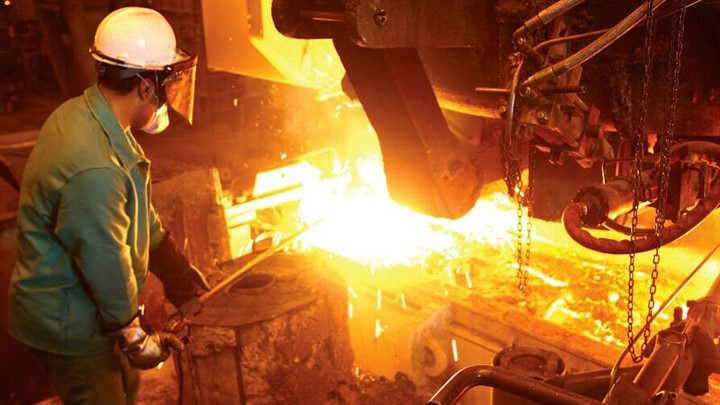
Iran’s steel output up 3.7% y/y to 3.3 million mt in March
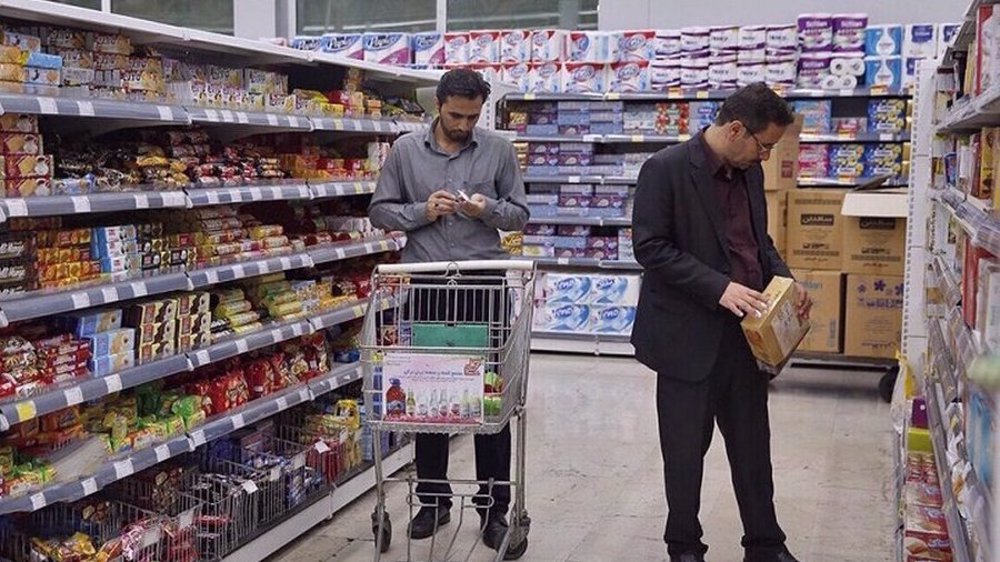
Iran’s annual inflation up 0.7% to 33.2% in April: SCI
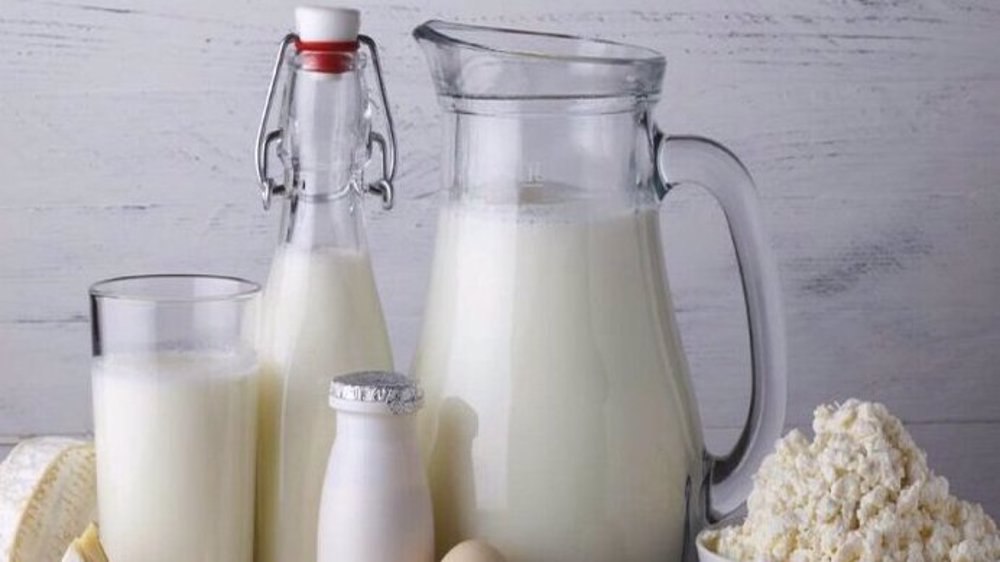
Iran’s annual dairy exports double to nearly $1 billion
VIDEO | US pro-Palestinian campus protest
VIDEO | Palestinian civil defense rejects Israel’s probe and exposes the crime
India downgrades ties with Pakistan after deadly Kashmir attack
Iran’s steel output up 3.7% y/y to 3.3 million mt in March
There is good chance that US and Iran can reach an agreement: Veteran diplomat
VIDEO | Yemen faces environmental crisis due to oil spill caused by US strike
Israeli forces murder minor, critically injure young Palestinian during West Bank raids
Yemen's president orders nationwide ban on all US products


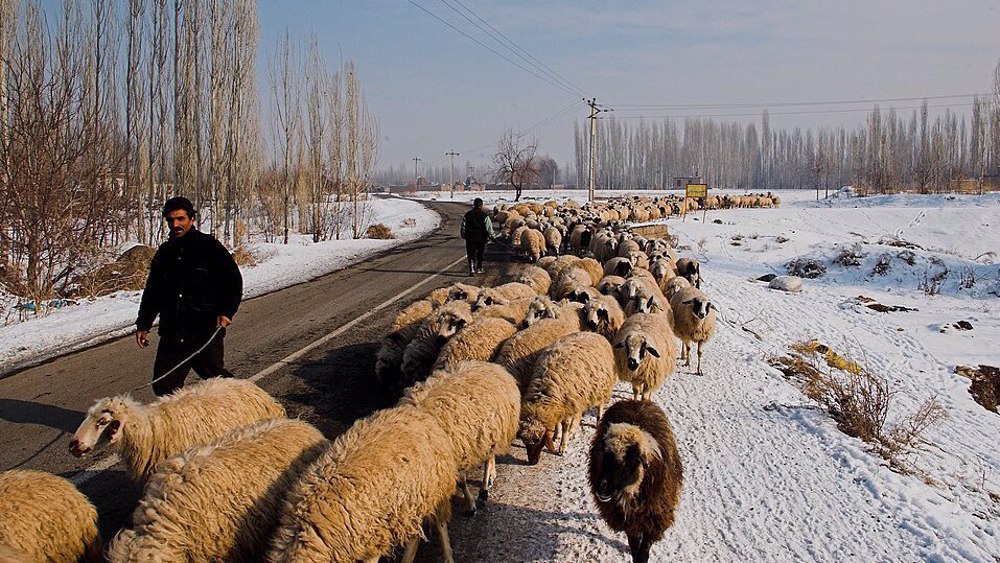
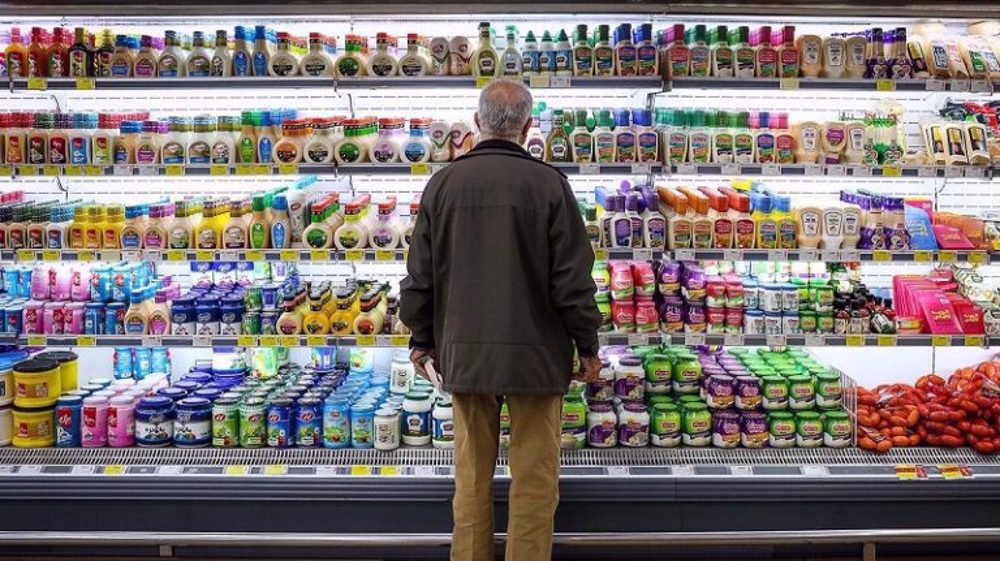

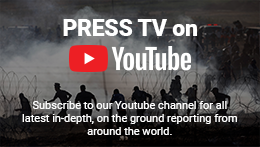


 This makes it easy to access the Press TV website
This makes it easy to access the Press TV website